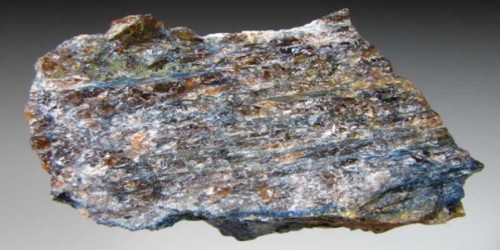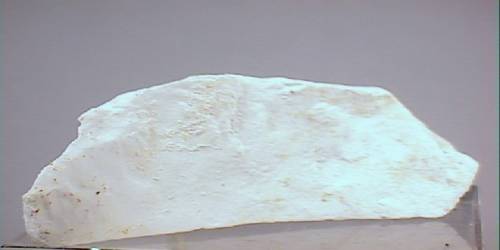Artinite is a hydrated magnesium carbonate mineral with formula: Mg2(CO3)(OH)2·3H2O. It is a somewhat rare carbonate mineral. It forms as a crust of acicular to fibrous crystal aggregates sometimes collected into tight perfectly spherical balls. In fact, a specimen of artinite without serpentine would be very unusual. The two minerals make for a nice association couple. They are popular and attractive with the snow white fibrous balls of artinite set upon the greasy lustered jade green serpentine base.
It was first reported in 1902 in Lombardy, Italy. It was named for Italian mineralogist, Ettore Artini (1866–1928).
General Information
- Category: Carbonate mineral
- Formula: Mg2(CO3)(OH)23H2O
- Crystal system: Monoclinic
- Crystal class: Prismatic (2/m).

Properties
It forms white silky monoclinic prismatic crystals that are often in radial arrays or encrustations. It has a Mohs hardness of 2.5 and a specific gravity of 2.
- Color: White
- Crystal habit: Acicular crystals, fibrous veinlets, botryoidal crusts, and spherical aggregates
- Mohs scale hardness: 2.5
- Luster: Vitreous, silky
- Streak: White
- Diaphaneity: Transparent
- Specific gravity: 2.01 – 2.03.
Occurrence
It occurs in low-temperature hydrothermal veins and in serpentinized ultramafic rocks. Associated minerals include brucite, hydromagnesite, pyroaurite, chrysotile, aragonite, calcite, dolomite and magnesite.
Information Source:
















